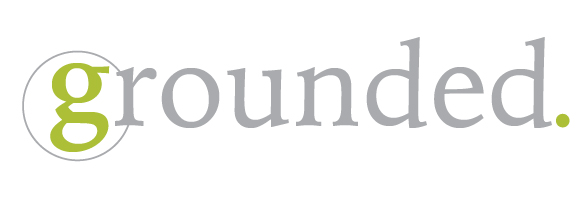Getting Educated
When choosing skincare products, we often look to label claims, such as “all-natural,” “cruelty-free,” and “botanical,” to help us determine if a product is safe and responsibly made. Unfortunately, behind these buzzy labels are often products filled with parabens and phthalates. These endocrine-disrupting chemicals can mimic hormones in our body, interfere with normal hormonal processes, and raise our risk for breast cancer, fertility issues, and metabolic disorders. Parabens, in particular, have been found in human breast cancer tissues, suggesting a possible association between parabens in cosmetics and cancer. (1)
Although studies prove these chemicals are hazardous to human health, the FDA has no legal authority to approve cosmetic products and ingredients before they go on the market. (2) As a result, personal care product companies are not required to register with the FDA, provide ingredient statements, adopt Good Manufacturing Practices (GMP), or report adverse effects to the FDA. (3)
Where Does that Leave us?
It is up to consumers to protect themselves and make educated decisions about what to put on their bodies. Doing so is as complicated as it sounds, as these harmful chemicals go by many different names, and when it comes to fragrance, there are no ingredient names at all, as “fragrance” and “fragrance mixtures” are considered “trade secrets.”
Parabens and Phtalates: A Primer
Parabens: Where to Find Them and What to Look for on a Label:
Parabens are a family of related chemicals commonly used as preservatives in cosmetics and personal care items, including makeup, moisturizers, hair care products, shaving products, and deodorants to prevent bacterial contamination and mold. Five different parabens have been completely banned in the EU (isopropylparaben, isobutylparaben, phenylparaben, benzylparaben, and pentylparaben), while others are strictly regulated because they are believed to be endocrine disruptors. Although there is mounting pressure from consumers and health watch groups to remove them from beauty products in the US, the FDA does not regulate their use in these categories.
The Cosmetic Ingredient Review, an organization that assesses the safety of individual chemical compounds used in cosmetic products, recommends limiting total paraben concentrations in a single product to 0.8% and a single application to 0.4%. Unfortunately, this guideline does not consider exposure to parabens from several products by a single user.[4] Moreover, this limit is a recommendation, not a requirement, and does not inform product formulation.
Parabens are Commonly Found in:
Makeup
Moisturizers
Shaving products
Shampoos
Conditioners
Facial and shower cleansers and scrubs
Deodorants
How to Recognize them on the Label:
Look for “paraben-free" products. If you can’t find that, look for:
Methylparaben
Propylparaben
Butylparaben
Ethylparaben
Isobutylparaben
Isopropylparaben
Phthalates: WHERE TO find them and what to look for on a label:
Phthalates are a family of chemicals that act as plasticizers, solvents, and stabilizers in cosmetics and fragrance production. Many personal care products use phthalates to homogenize products by dissolving solid ingredients. Phthalates are commonly found in nail polish, hair spray, fragrance, aftershave lotions, cleansers, moisturizers, face masks, shampoos, and conditioners. Like parabens, these chemicals are linked to endocrine disruption, reproductive problems, metabolic disorders, and breast cancer. Although they are banned from cosmetics in the European Union, they are commonly used in the US.
Phthalates are Commonly Found in:
Color cosmetics (foundation, eye shadow, eyeliner, mascara, lipstick, blush)
Lotions
Perfume
Fragrance
Scented candles
Body washes
Hair care products
Nail polish
Hairspray
Cleansers
Hair Products
Face Masks
How to recognize them on the Label:
Phthalate
DEP
DBP
DEHP
FRAGRANCE: Phthalates are frequently used to make fragrances, but any ingredients used in fragrance or fragrance mixtures are considered trade secrets and exempt from ingredient listing. The entire mixture simply appears as “fragrance” on the ingredient panel. If you see the word “fragrance,” chances are the product is filled with phthalates and other toxic ingredients.
Below are reliable resources and online sites to help you find clean products.
Resources for Cleaner Beauty Products.
EWG Skin Deep is an online database of over 75,000 products and 2,242 brands that provides information to check the safety and ingredient list of the product you’re using or purchasing.
Think Dirty-Shop Clean is an app that puts clean beauty at your fingertips: scan the product barcode to get product information, a list of dirty ingredients and suggestions for cleaner options.








